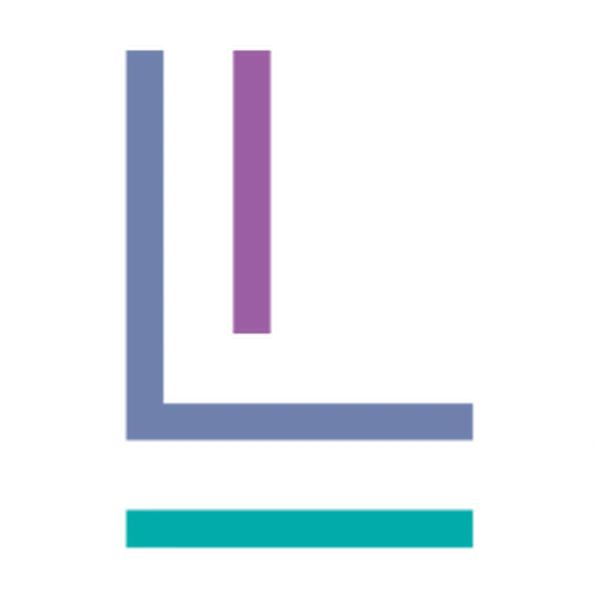
SMEs : Optimizing Employee Engagement with the 'Three Circle' Principle
Explore the concept of employee engagement using the 'Three Circle' Principle. The first circle focuses on identifying what brings joy to individual team members. Engaged employees not only enjoy their work but also seek growth and learning opportunities within their roles. The second circle emphasizes the importance of assessing the skill set of each employee. Engaged individuals possess the necessary skills or strive to acquire them to excel in their job. Lastly, the third circle concerns understanding the specific tasks required for each role. It is crucial to align job responsibilities with employee strengths and objectives to ensure optimal engagement.
By maximizing the overlap between these three circles, employers enhance the chances of achieving complete employee engagement. While perfect alignment may not always be possible, the aim is to continually improve the balance between individual needs, skills, and duties. Consequently, adopting the 'Three Circle Principle' during job design or redesign after a probationary period optimizes the engagement levels and overall satisfaction of employees.
Flexible Job Design for Enhanced Engagement
At LegalIsland, we prioritize flexibility in job design to benefit both the company and its employees. While not a novel approach, the significance of flexibility cannot be overstated. Even if not regularly utilized, the presence of flexible measures, such as adjustable start and finish times and remote work options, reassure employees that their needs are valued. This allows them to feel comfortable asking for temporary or long-term adjustments. LegalIsland also implements compressed work hours and altered shift patterns during school term times to accommodate childcare responsibilities. Additionally, uncapped allowances for medical appointments and a birthday leave policy foster a supportive and flexible work environment.
Emphasizing Job Content and Characteristics
In addition to a well-designed, flexible job, the depth, detail, and variety of job content significantly impact employee engagement. The Job Characteristics Model developed by Hackman and Oldham in the 1980s identified five core motivational job characteristics: skill variety, identity, significance, autonomy, and feedback. Intentional consideration of these factors in job design can greatly enhance employee motivation and performance.
For instance, at LegalIsland, we discovered that neglecting the job characteristics model significantly affected the motivation and productivity of our admin team in the past. By incorporating a clear explanation of the role's impact on customer satisfaction, redesigning duties to offer a broader scope, and allowing employees to see the customer journey, we witnessed improved performance and motivation.
Utilizing Technology in Job Design
Job design must keep pace with technological advancements. While some larger businesses delegate tasks to other departments or companies, many still expect employees to work from traditional office settings. However, the rapid change brought by technology has introduced new possibilities. Online platforms like Upwork and Freelancer offer opportunities to outsource tasks to skilled professionals, allowing employees to focus on their key competencies.
At LegalIsland, we allocate a budget for employees like marketing officer Sandra to contract out tasks that could be done more efficiently elsewhere. By leveraging the internet, Sandra delegates time-consuming responsibilities such as website and social media content creation to companies in the Far East. This approach enables her to concentrate on managing her team and utilizing her unique skills, resulting in increased productivity and job satisfaction.
Considerations and Challenges in Job Design
While technology offers numerous advantages, it also presents challenges that employers must address. Enhanced surveillance tools, such as GPS tracking and software monitoring, enable employers to closely monitor employee activities. However, this may unintentionally contribute to increased stress among employees, as noted in a 1989 study by the National Institute of Occupational Safety and Health. Striking a balance between surveillance and employee well-being is crucial.
Furthermore, technology has shortened the expected turnaround time for tasks, pressuring employees to meet tight deadlines. Employers need to recognize these changing expectations and provide adequate support to reduce unnecessary stress.
Managing Technology and Employee Engagement
While technology provides unprecedented connectivity, individuals must manage their usage to maintain mental well-being and productivity. Constantly being wired to the internet and engaged in social media platforms can hinder focus and create unnecessary stress. In his book "Digital Minimalism," Cal Newport highlights the importance of disconnecting and allocating downtime away from online influences. By adopting an approach of efficient internet usage, focusing on essential tasks, and limiting exposure to distractions, employees can optimize their engagement and ensure a healthy work-life balance.
The above content is from "Mastering Small Business Employee Engagement: 30 Quick Wins & HR Hacks from an IIP Platinum Employer" by Barry Phillips and Jayne Gallagher which is available from Amazon:
Continue reading
We help hundreds of people like you understand how the latest changes in employment law impact your business.
Please log in to view the full article.
What you'll get:
- Help understand the ramifications of each important case from NI, GB and Europe
- Ensure your organisation's policies and procedures are fully compliant with NI law
- 24/7 access to all the content in the Legal Island Vault for research case law and HR issues
- Receive free preliminary advice on workplace issues from the employment team
Already a subscriber? Log in now or start a free trial
